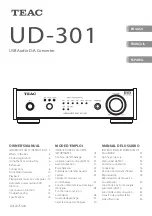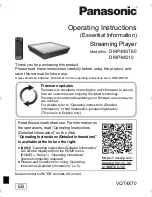
Xtium2-CLHS PX8 User's Manual
Technical Specifications
•
79
Note 1: General Inputs / External Trigger Inputs Specifications
Each of the four General Inputs are opto-coupled and able to connect to differential or single ended
source signals. General Input 1 and 2 can also act as External Trigger Inputs. See “Board
Information” user settings. These inputs generate individual interrupts and are read by the Sapera
application. The following figure is typical for each Genera Input.
V
From User
Interface
Connector
EMI
Filter
Figure 23: General Inputs Electrical Diagram
Input Details:
•
Maximum input voltage is 26V.
•
Maximum input signal frequency is 100 KHz.
•
Each input has a 649-ohm series resistor on the opto-coupler input.
•
The 0.01uF capacitor provide high frequency noise filtering.
Minimum current is dependent on input voltage applied: Ioptoin(min) = (Voptoin - 0.5)/649Ω
•
The switch point is software programmable to support differential RS-422 or single ended TTL,
12V or 24V input signals.
For External Trigger usage:
•
Input signal is “debounced” to ensure that no voltage glitch is detected as a valid transition.
This debounce circuit time constant can be programmed from 1
µ
s to 255
µ
s. Any pulse smaller
than the programmed value is blocked and therefore not seen by the board. If no debounce
value is specified (value of 0
µ
s), the minimum value of 1
µ
s will be used.
•
Refer to Sapera parameters:
CORACQ_PRM_EXT_TRIGGER_SOURCE
CORACQ_PRM_EXT_TRIGGER_ENABLE
CORACQ_PRM_EXT_TRIGGER_LEVEL
CORACQ_PRM_EXT_FRAME_TRIGGER_LEVEL
CORACQ_PRM_EXT_TRIGGER_DETECTION
CORACQ_PRM_EXT_TRIGGER_DURATION
•
See also *.cvi file entries:
External Trigger Level, External Frame Trigger Level, External Trigger Enable, External Trigger
Detection.
•
External Trigger Input 2 used for two pulse external trigger with variable frame length line scan
acquisition.
















































